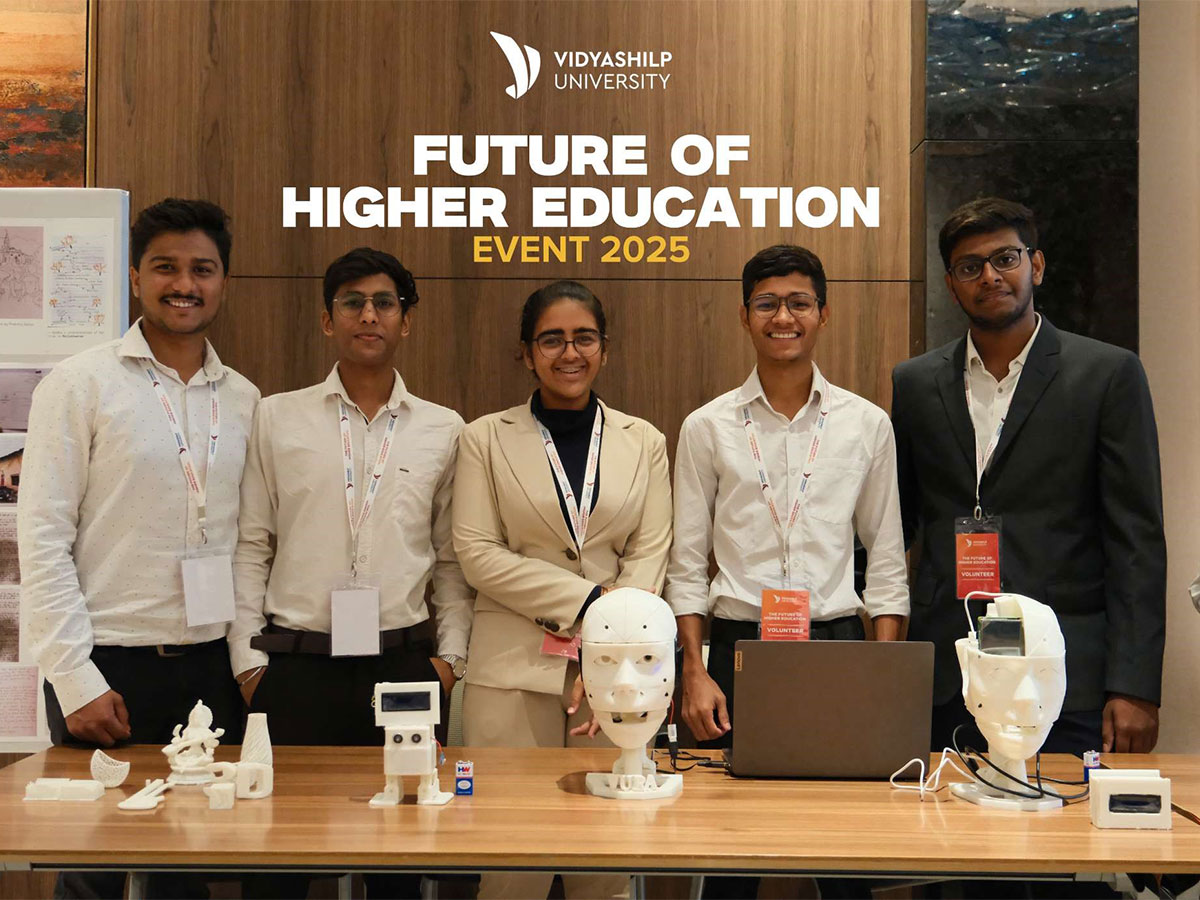VMPL
New Delhi [India], April 21: In an age where challenges rarely fit into just one discipline, the idea of a single-domain education is rapidly losing relevance. Today’s graduates need more than depth–they need breadth, context, and the ability to apply knowledge across domains. Additionally, they also need soft skills to take their solutions to the world and constructively contribute to the betterment of society.
Across the world, universities are rethinking how students engage with knowledge–not just by adding electives or creating cross-listed courses, but by redesigning the very structure of learning. The shift is clear: education is moving away from isolated silos and toward integrated, problem-based learning.
Employers increasingly value adaptability, systems thinking, and the ability to collaborate across functions. Interdisciplinary education trains students to approach challenges from multiple vantage points, helping them build solutions that are not only innovative but sustainable. Whether it’s a climate solution shaped by science and policy, or a healthcare innovation driven by technology and psychology, the most meaningful solutions arise at the intersection of domains.
At Vidyashilp University, interdisciplinary learning isn’t positioned as an elective–it’s central to how students are taught to think, collaborate, and create. The core curriculum, which is common across programs, contributes to this end by fostering self-understanding, social awareness and by sharpening critical thinking and problem-solving skills. Inside classrooms, students work on challenges that cut across technology, law, psychology, economics, design and management. The result is a growing body of student-led projects that apply academic learning to real-world use cases, many of which address complex, systemic problems.
Applied Robotics for Business Insight
VURA, an interactive robot built by undergraduate students, uses natural language processing and machine learning to engage in conversations and support business decision-making. It’s capable of simplifying data analysis and evolving with user interaction–showcasing how management education is blending with technical prototyping.
Forensic AI Tools Built with Legal Precision
One student team developed a handheld UV device for scanning crime scenes, designed to capture tamper-proof evidence that stands up in court. Paired with an AI-based sketching tool that translates verbal descriptions into facial renderings using speech-to-text and detection algorithms, these projects apply legal procedure, forensic science, and machine learning to solve crimes.
Assistive Systems for Patient Care
One of the projects, MEERA, is an emotion-sensing robot designed to support patients in clinical settings. Built with embedded sensors and AI, MEERA detects behavioural and emotional cues in real time and responds with context-aware, emotionally intelligent interactions. It’s an attempt to bring psychological insight into assistive technology–enhancing patient comfort and care through responsive design.
Fair Pricing through Practical Economics
A group of students created LACTO, a milk-quality analyser built with IoT sensors and AI-driven pricing logic. Designed for India’s dairy ecosystem, the system evaluates fat content in real-time and calculates payments accordingly–aiming to reduce ambiguity and middlemen dependency.
These are not peripheral projects–they are embedded into coursework, often emerging from assignments or collaborative modules that bring together students from various programs.
In many ways, they reflect the University’s larger academic vision: that learning must mirror the interconnectedness of the real world.
On 26th April, Vidyashilp University will host The Future of Higher Education 2025–a showcase of how undergrad students are turning interdisciplinary learning into real-world solutions. The event is open to parents and students to explore how interdisciplinary learning is shaping both the careers and classrooms of tomorrow.
(ADVERTORIAL DISCLAIMER: The above press release has been provided by VMPL. ANI will not be responsible in any way for the content of the same)
Disclaimer: This story is auto-generated from a syndicated feed of ANI; only the image & headline may have been reworked by News Services Division of World News Network Inc Ltd and Palghar News and Pune News and World News
HINDI, MARATHI, GUJARATI, TAMIL, TELUGU, BENGALI, KANNADA, ORIYA, PUNJABI, URDU, MALAYALAM
For more details and packages














